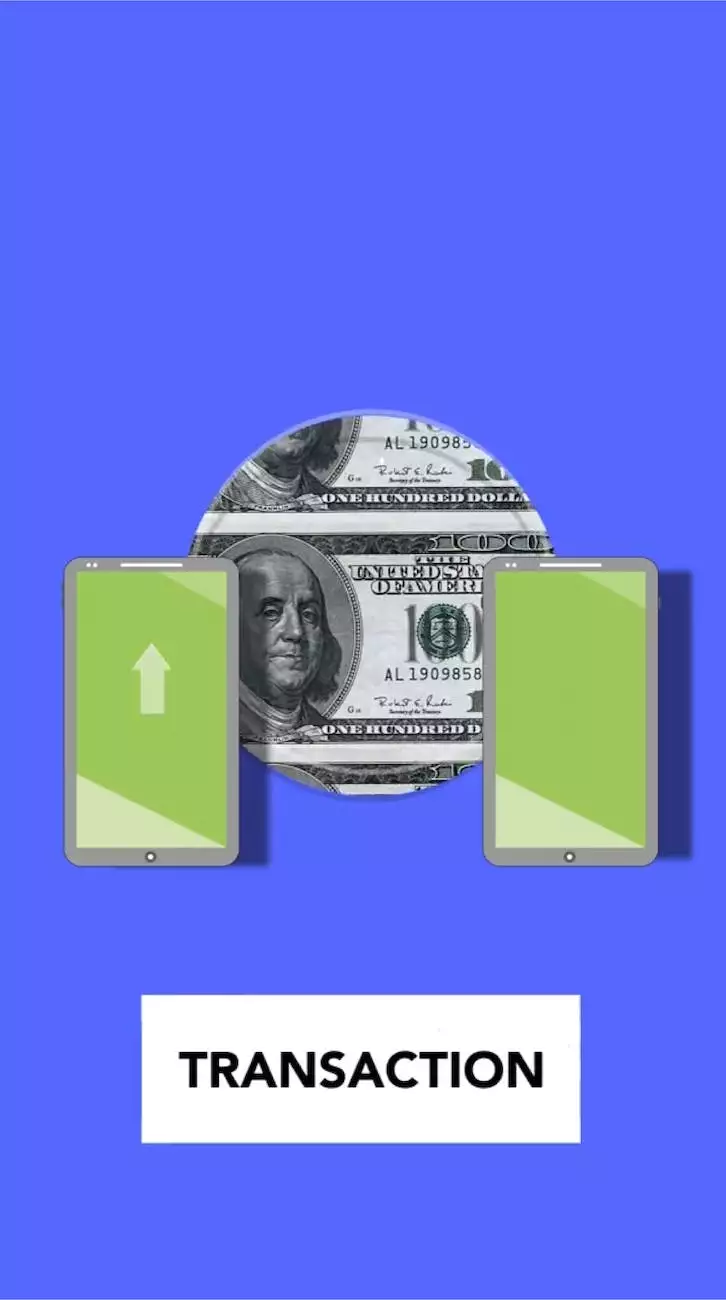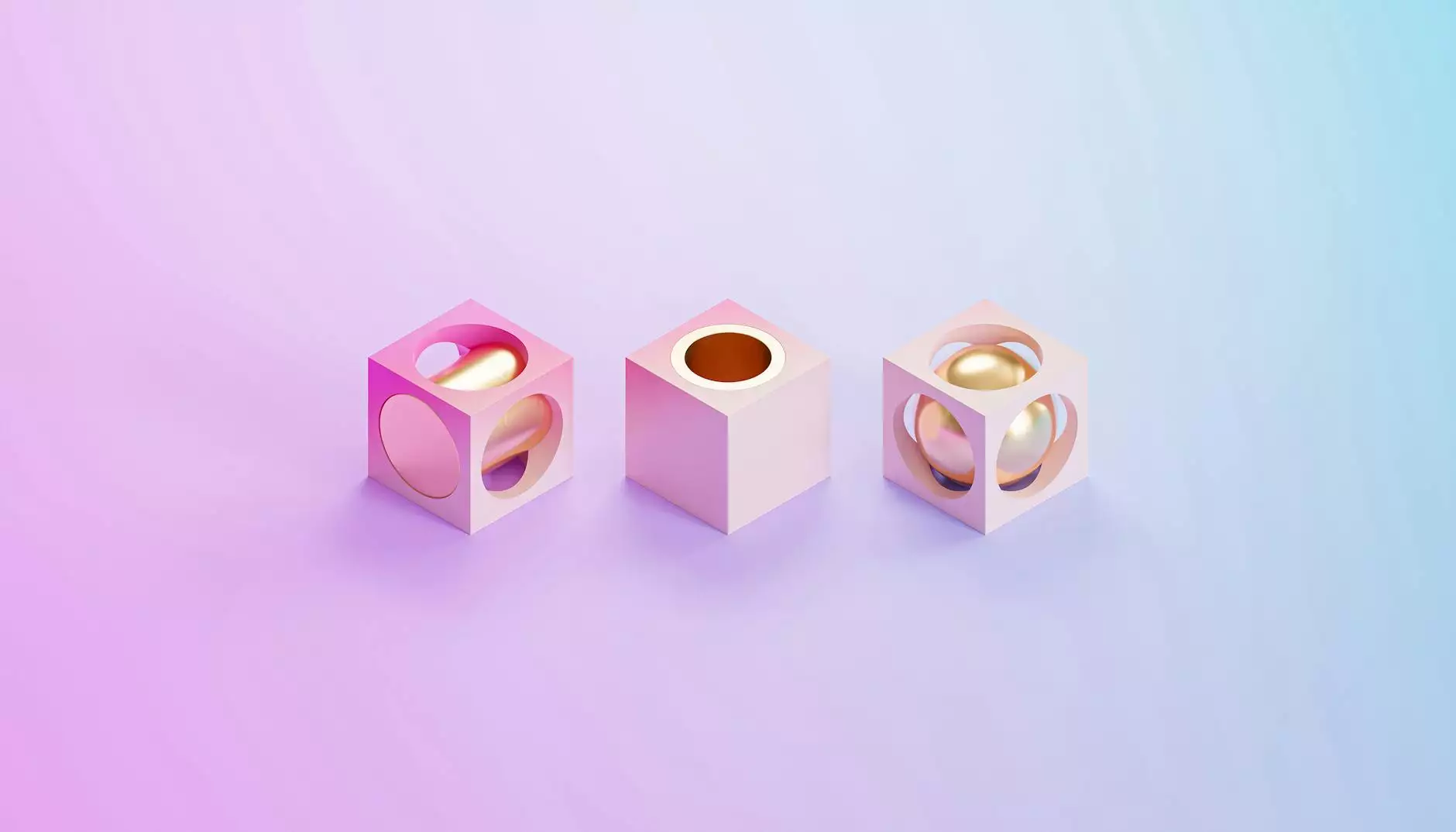Types and Styles of Graphic Design
Articles
Introduction
Welcome to My Key Digital's comprehensive guide on types and styles of graphic design. In today's digital age, visual communication plays a vital role in capturing audience attention and conveying a brand's message effectively. Whether you are a business owner, marketer, or aspiring graphic designer, understanding the various types and styles of graphic design can help you make informed decisions and create visually stunning content that resonates with your target audience.
1. Brand Identity Design
Brand identity design refers to the creation of visual elements that represent a brand's essence and personality. This includes the design of logos, color palettes, typography, and other visual assets that establish a consistent and recognizable brand identity. Brand identity design sets the tone for all other design materials and helps build brand recognition and loyalty.
2. Print Design
Print design encompasses various materials designed for print, such as brochures, flyers, business cards, packaging, and more. It requires meticulous attention to detail and a deep understanding of print production processes. Effective print design helps businesses leave a lasting impression on their target audience and creates tangible marketing assets that can be distributed offline.
3. Web Design
In the digital era, web design plays a crucial role in creating engaging and user-friendly websites. Web design involves the arrangement of visual elements, structuring information, and ensuring an intuitive user experience. A well-designed website not only captures attention but also enhances brand credibility and encourages visitors to take desired actions.
4. User Interface (UI) Design
User Interface (UI) design focuses on creating visually appealing and intuitive interfaces for software, applications, and other interactive user platforms. It involves the design of buttons, menus, icons, and other interactive elements that facilitate seamless user interactions. Effective UI design enhances user satisfaction and drives engagement by providing a pleasant and efficient user experience.
5. User Experience (UX) Design
User Experience (UX) design is concerned with the overall experience users have while interacting with a product or service. It encompasses multiple disciplines, including research, information architecture, interaction design, and usability testing. UX design aims to create meaningful and valuable experiences that align with user needs and expectations, ultimately leading to increased customer satisfaction and loyalty.
6. Motion Graphics
Motion graphics combine graphic design and animation to create visually captivating content. It involves the use of moving images, text, and audio to convey messages effectively. Motion graphics are often utilized in video advertisements, explainer videos, and presentations to engage viewers and enhance storytelling.
7. Illustration
Illustration refers to the creation of visual representations that communicate ideas, concepts, or narratives. Illustrations can be hand-drawn or created digitally and are commonly used in editorial design, children's books, branding, and advertising. They add a unique and personal touch to design projects, capturing attention and evoking emotions.
8. Infographic Design
Infographic design involves the visual representation of complex information, data, or statistics in a clear and concise manner. Infographics help simplify complex concepts and make them more digestible for the audience. By combining text, icons, charts, and illustrations, infographics enable effective communication and enhance information retention.
9. Packaging Design
Packaging design focuses on creating visually appealing and functional packaging for products. It involves considering factors such as branding, target audience, materials, and practicality. An eye-catching and well-designed packaging not only protects the product but also influences purchasing decisions and helps establish a strong brand presence on store shelves.
10. Environmental Design
Environmental design, also known as experiential design, incorporates visual elements into physical spaces. It often involves designing interiors, exhibitions, signage, and wayfinding systems to create immersive and engaging experiences. Effective environmental design captures brand identity, enhances user interactions, and creates memorable experiences in various settings.
Conclusion
My Key Digital is committed to providing top-notch digital marketing services in business and consumer services, including graphic design solutions tailored to your specific needs. By understanding the various types and styles of graphic design discussed in this guide, you can harness the power of visual communication to amplify your brand, engage your target audience, and achieve your business objectives. Embrace the world of graphic design, and unlock endless creative possibilities to leave a lasting impression on your audience.




